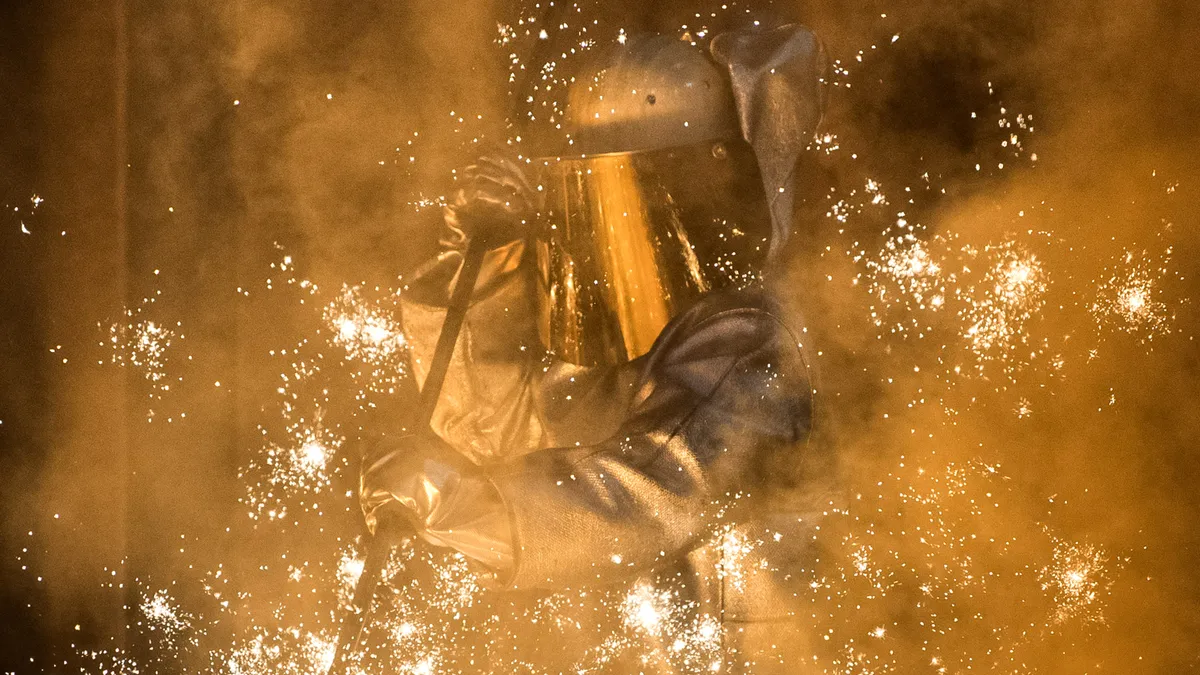Dive Brief:
- The longevity of inflation, or “the rough percentage of past inflation carried over to the next period,” has increased in recent quarters as price pressures rose to the highest level in decades, the Federal Reserve Bank of Richmond said in a study.
- “In the most recent quarters, inflation persistence has jumped to around the average for the 1985-2008 period, though it is still below pre-COVID levels,” Richmond Fed economists said.
- The duration of impact from inflationary shocks — such as a shortage of semiconductors used by automakers — “appears to be rising, though yet nowhere near the degree experienced in the 1970s and 1980s,” the economists said. “A key difference is that the Fed has been able to establish a high degree of credibility over the past four decades or so for not letting inflation rise too far above its stated target.”
Dive Insight:
The Richmond Fed released the study following a Labor Department report Wednesday that inflation in July eased more that expected.
The consumer price index (CPI) rose 8.5% in July compared with the same month last year after increasing 9.1% on an annual basis in June, the Labor Department said. Falling prices for used cars, apparel, airfares and energy — especially a 7.7% decline in gasoline prices — blunted big gains in the costs for food, housing and other goods and services.
The dip in price pressures is probably not big enough to prompt the central bank to soften its most aggressive pullback of stimulus since the 1980s, according to economists.
“The Fed isn’t celebrating and one month isn’t swaying them,” Ryan Sweet, senior director at Moody’s Analytics, said in a report entitled “Fed isn’t popping champagne.”
Chair Jerome Powell and other policymakers have said in recent weeks that the central bank needs to see some months of falling price pressures before it begins to slow its policy tightening and feel confident inflation is declining toward its target of 2%.
The central bank is “a long way away from saying we're anywhere close to declaring victory” in the fight against inflation, Minneapolis Fed President Neel Kashkari predicted Wednesday while welcoming the dip in price gains last month.
“We have to get back to 2%,” Kashkari said during a panel discussion hosted by the Aspen Institute. “My colleagues in the Federal Reserve and I are serious about it.”
Kashkari said he believes the Fed should increase the benchmark interest rate to 3.9% by the end of this year and to 4.4% by the end of 2023.
Policymakers will likely increase the federal funds rate by a half percentage point at the end of a two-day meeting on Sept. 21 and by a quarter point at each subsequent meeting until the main interest rate hits 3.5%, Sweet said.
Powell and other policymakers have acknowledged since November that they erred in forecasting that pandemic-induced constraints in supply chains would ease and that the surge in price pressures was transitory. They began to withdraw stimulus in March.
Research into the persistence of inflation over the decades highlights the value of public confidence in the ability and willingness of the central bank to curb inflation, according to Richmond Fed economists. Fed Chair Paul Volcker strengthened the central bank’s credibility as an inflation fighter by quashing high inflation during the 1980s, they said.
“This historical perspective,” the economists said, “is a reminder of how difficult it was to earn that credibility and highlights the need to guard it safely.”
“As both inflation and inflation persistence rise, it will be important to keep that lesson in mind,” they said.















